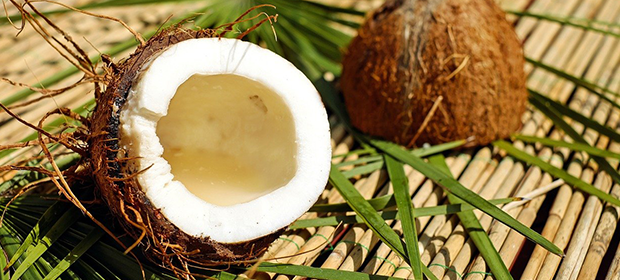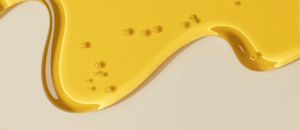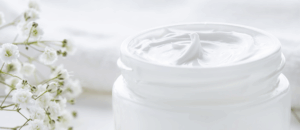We are often asked why we are using a certain surfactant for an application. Invariably the answer is down to the carbon chain length distribution of the hydrophobe (i.e. the base oil). In this article Norman Lowe, our Senior Group Technical Manager, explains why.
As most people in the industry should know, a surfactant is divided into two parts: a hydrophobic (oil loving) chain and a hydrophilic (water loving) head group. The carbon chain length distribution of the hydrophobe has a major impact on the properties of the derivative. In general terms:
- Maximum detergency, foaming (in a majority of cases) and biocidal performance in surfactants are optimized around the C12 (Lauryl) and C14 (Myristyl) chain lengths.
- Conditioning (skin and hair), lubricity, emulsification and texture are achieved with C16 (Palmitic), C18 (Stearic. Oleic et al) and above.
Detergency and foaming
If we want to produce a product with good detergency and high foaming, such as a shampoo or body wash, we would look at surfactants with a carbon chain rich in C12 & C14 chain lengths.
In the natural world only three oils meet that criteria: Coconut oil, Palm kernel oil and Babassu seed oil. Babassu seed oil is yet to be commercially grown, so it’s not available commercially in any significant volume. That leaves Coconut oil (cocos nucifera) and Palm kernel oil (elaesis guineenis), which are both around 50% C12 (lauryl) and 15-20% C14 (myristyl).
Palm kernel oil would be our primary choice here, as the yield of Palm oil per hectare and the number of crops per year make this the most viable, sustainable and eco-friendly material. If we only used Coconut oil, we would need around 3 times the acreage of Coconut palms to produce anywhere near as much oil as when using Palm kernel oil. We also find that Coconut alcohol (or its carbon chain length fractions) is not readily commercially available which limits the range of surfactants produced from it.
It should also be noted that the vast majority of Palm oil, which is mainly C16 (Palmitic) and C18 (oleic), goes into food rather than surfactants or cosmetics.
Conditioning, lubricity, emulsification and texture
If we want to produce skin and hair conditioning, or if we want to provide textured feel, lubricity or good emulsification properties, then we look for higher chain lengths.
In this respect we have a huge choice of natural oils to choose from, the main commercial crops being Palm oil, Soya bean oil, Sunflower seed oil, Olive oil, Wheat oil, Oat oil, Corn oil and Rape seed oil. There are of course more than this, but all these oils have one thing in common: they are rich in the higher chain lengths and poor or devoid of the lower (C12-14) chain lengths. In most cases, this decides which applications they are used in.
In conclusion: if a surfactant is described as Lauryl, Myristyl, Coconut, Palmitoyl, C8-18, C12-14, C12, C14, C8-10, C12-16 or Capryl Capric, then it will have been derived from Coconut oil or Palm kernel oil. And in today’s market, it’s most likely to be Palm oil.
In the same way: if a surfactant is described as Cetyl-stearyl, Cetyl-oleyl, Cetearyl oleyl, Stearyl, C18 or C16-18, then it will most likely have been derived from Palm oil, although other oils (such as Olive oil, Sunflower oil etc.) could also have been used – and then quoted as a sales tool.
If the product is described as Behenyl, then the choice is limited as there are very few natural oils with this carbon chain length. One is Rapeseed oil (high Erucic rape seed oil). Behenic acid is saturated C22, which is derived by the hydrogenation of Erucic acid (C22:1) or Clupanodonic acid (C22:2) which makes up over 50% of rapeseed oil. There is also Meadowfoam seed oil (Limnanthes alba) which is about 25% unsaturated C22.
An example of a question often asked is: “Is Behenyl trimethyl ammonium chloride (a well-known hair conditioning agent) Palm derived?”. The answer is that it cannot be, as there is no C22 fat in Palm oil. This example shows the value of understanding the chemistry of natural oils.
One other oil to note is Castor oil (Ricinus communis) which is commercially produced in large quantities. Castor oil contains around 90% hydroxy oleic acid (C18:1 OH) which gives it some different properties for specific applications.
This is a general picture of the fatty chain effect on surfactant properties of derivatives. If you’d like more specific information for your formulations, get in touch with our technical team.
Contact Us
[contact-form-7 id=”1382″ title=”Chemlink Enquiry Form”]







